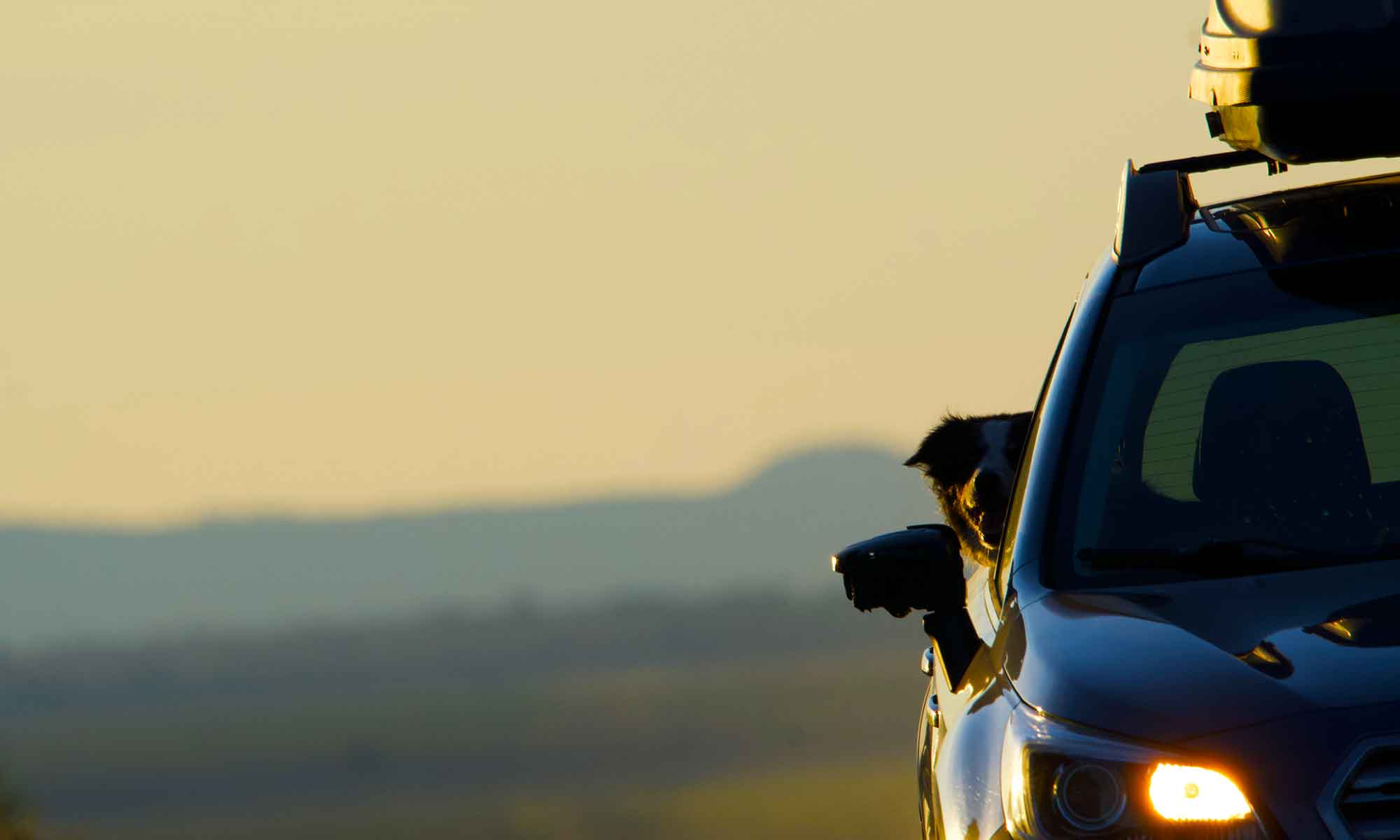
There are folks that aspire to primitive methods when camping . . that is not us.
We booked a cabin at Cottonwood Canyon State Park, roasted german sausages on a gas grill, and turned up the electric heater as the fall winds turned cold.

Trails were hiked. Lines were wet and books were read.

However, every evening tables were pushed together and six of us engaged in a semi-friendly game of Contract Rummy. I never got all.

It’s interesting to me how many variations of rules there can be for such a simple rummy game. Our family has always played card games.
While this particular variation on rummy is ‘optimum’ for 4 people we’ve dealt hands to more than a dozen players after a large family meal.

 The rules are simple enough for children to pick up. However, around the Schommer family table there might be rough language thrown about.
The rules are simple enough for children to pick up. However, around the Schommer family table there might be rough language thrown about.
All in good humor, usually. And so it was this week when we met the Wilcox and Yecnys for a two day stay beside the John Day River.

We’ve mentioned Cottonwood Canyon State Park before in this blog, but as with all good places there are frequent return visits.

The site is on a lower stretch of Oregon’s only un-dammed river, sitting on a flat between a couple of rock, sage and prairie grass covered hills.

The camp sites are spacious, so RV’s aren’t stacked like parking slips at Walmart. We always choose the cabins, they offer amenities like electric lights, heat and air conditioning.
I think this would be considered Glamping, and we love it.

These two days the cabin also offered shelter from the winds, as well as a good space to sit six people for a meal and afterwards a game of cards.
A good time was had by all.






























 Like Brown Trout, Bass are hunters thus streamer patterns are effective. Presentation requires stripping line over holding fish.
Like Brown Trout, Bass are hunters thus streamer patterns are effective. Presentation requires stripping line over holding fish.
 Winter on the Deschutes has Redside trout using folds in the current to hang out, while the river brings dinner.
Winter on the Deschutes has Redside trout using folds in the current to hang out, while the river brings dinner.

 Over the centuries the John Day River has carved open the land to expose ancient history.
Over the centuries the John Day River has carved open the land to expose ancient history.












 Forty miles upriver from the Columbia OR 206 crosses the John Day where the Murtha Ranch used to sit.
Forty miles upriver from the Columbia OR 206 crosses the John Day where the Murtha Ranch used to sit.




 Then spent the afternoon catching bass and enjoying this beautiful and quiet stretch of the John Day River.
Then spent the afternoon catching bass and enjoying this beautiful and quiet stretch of the John Day River.